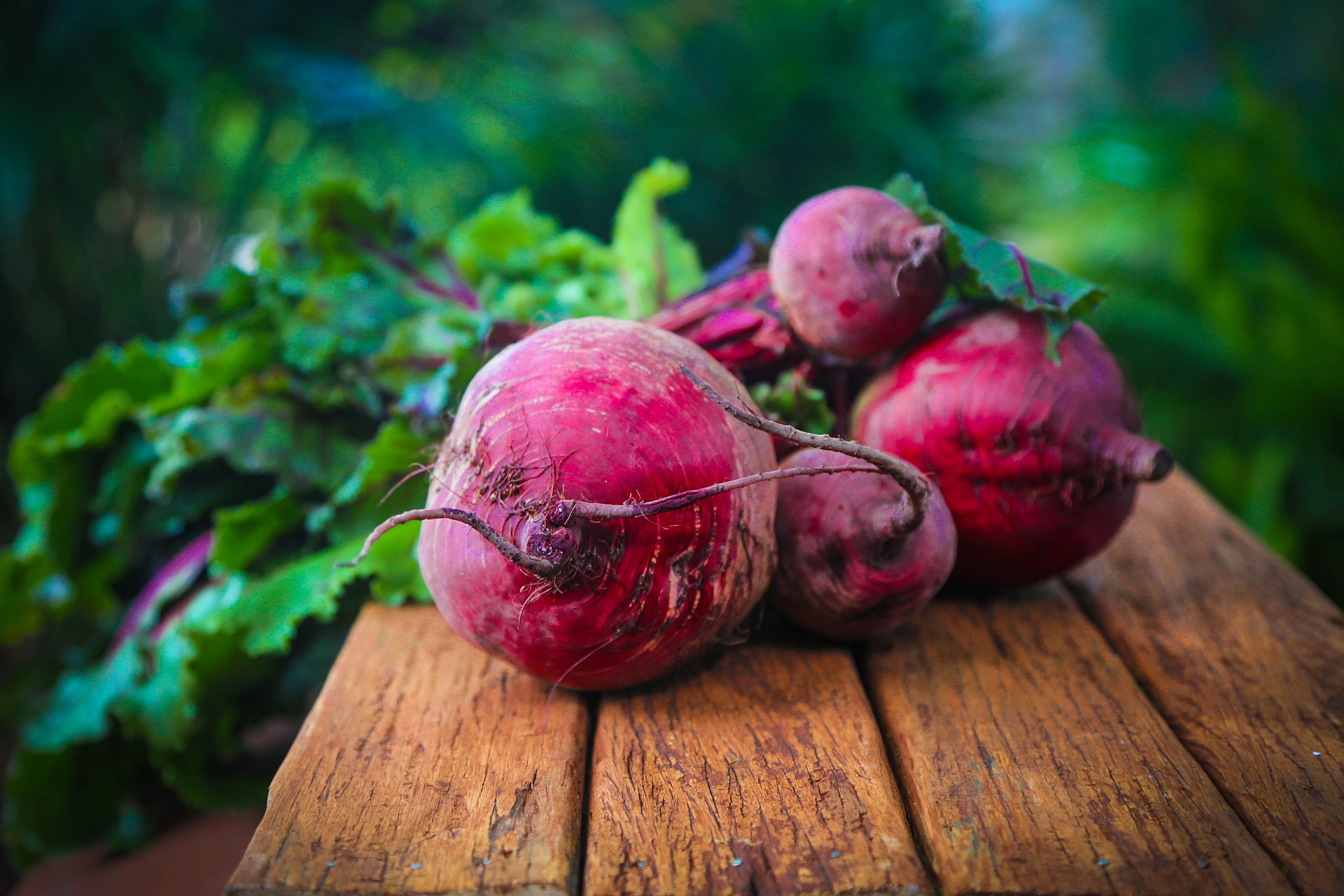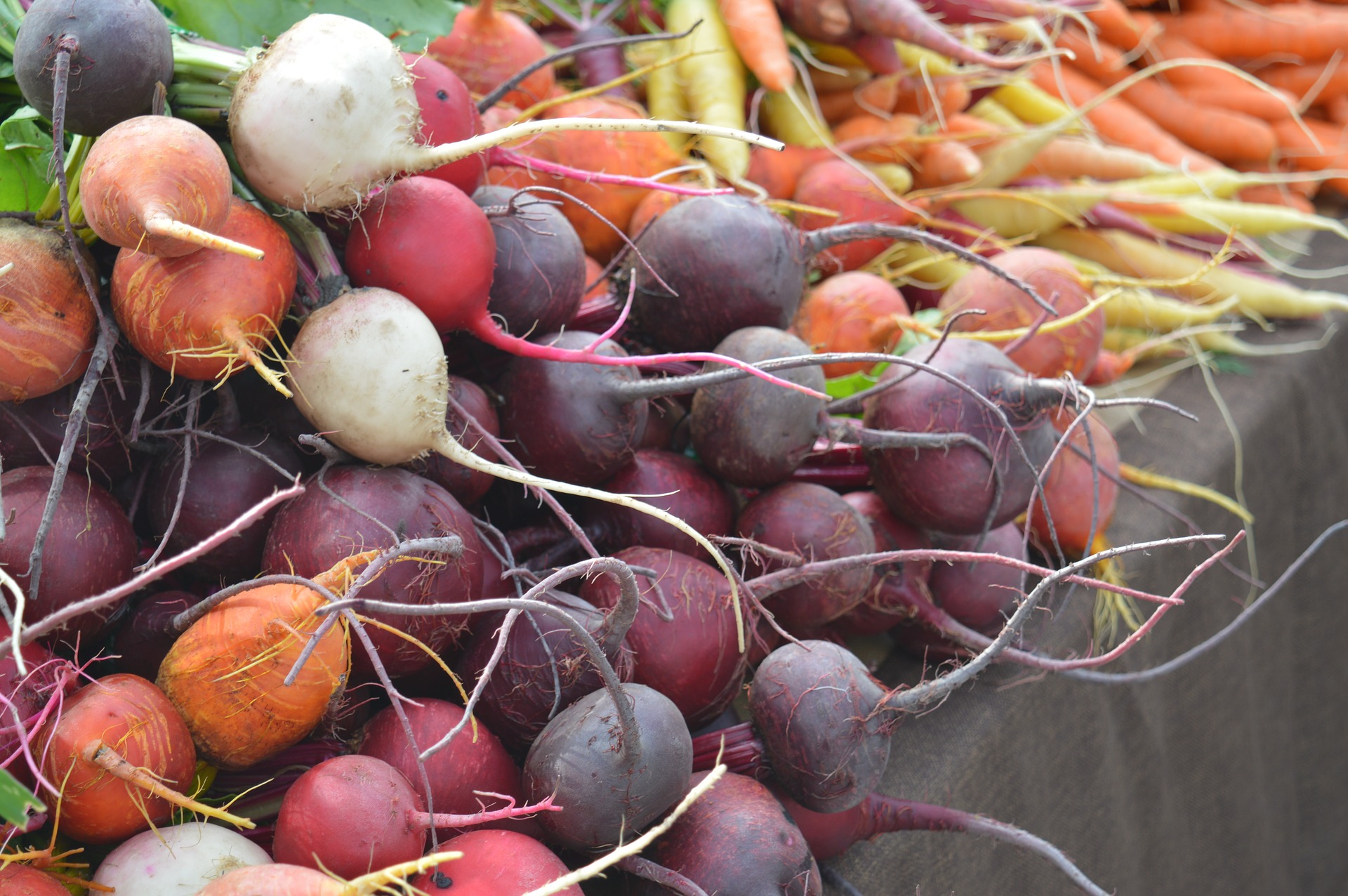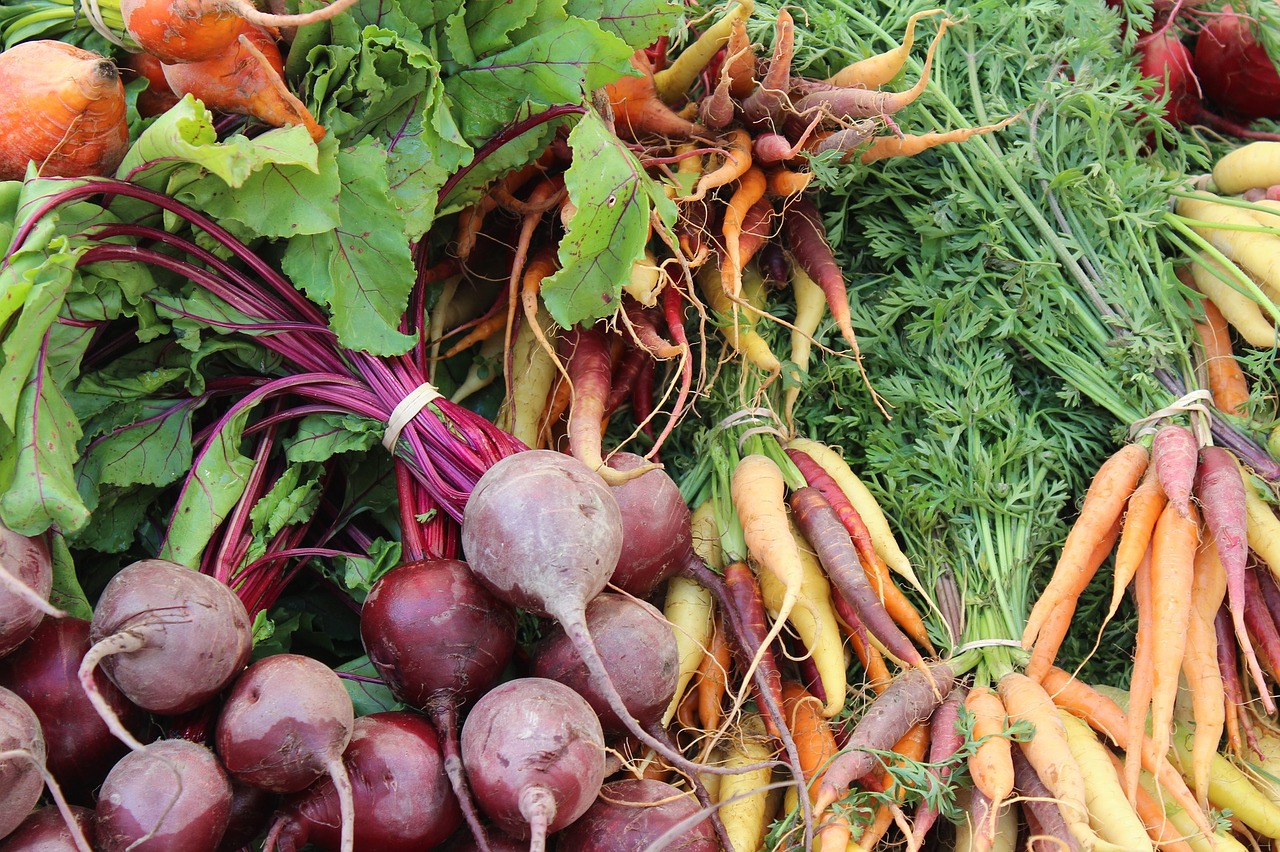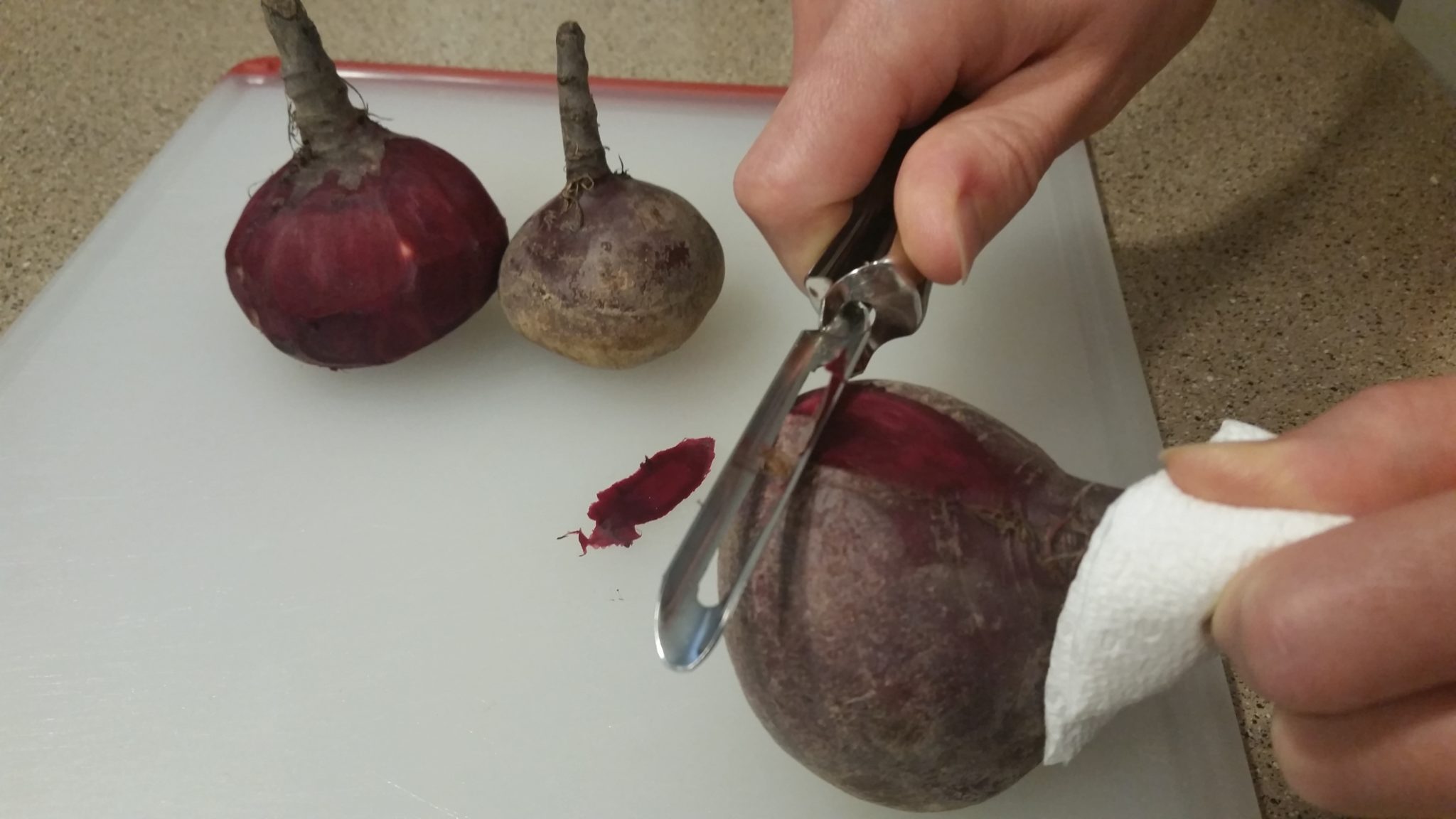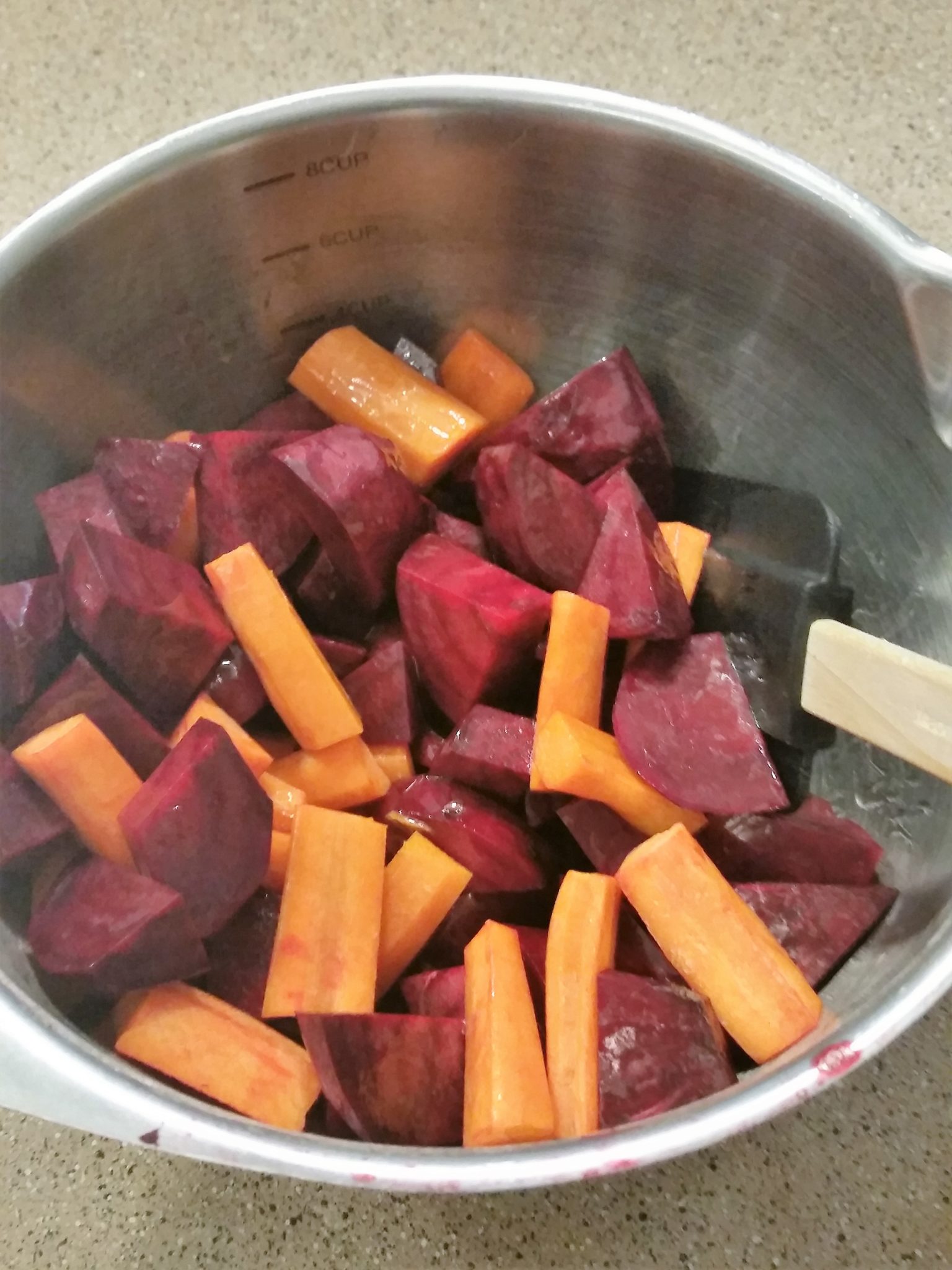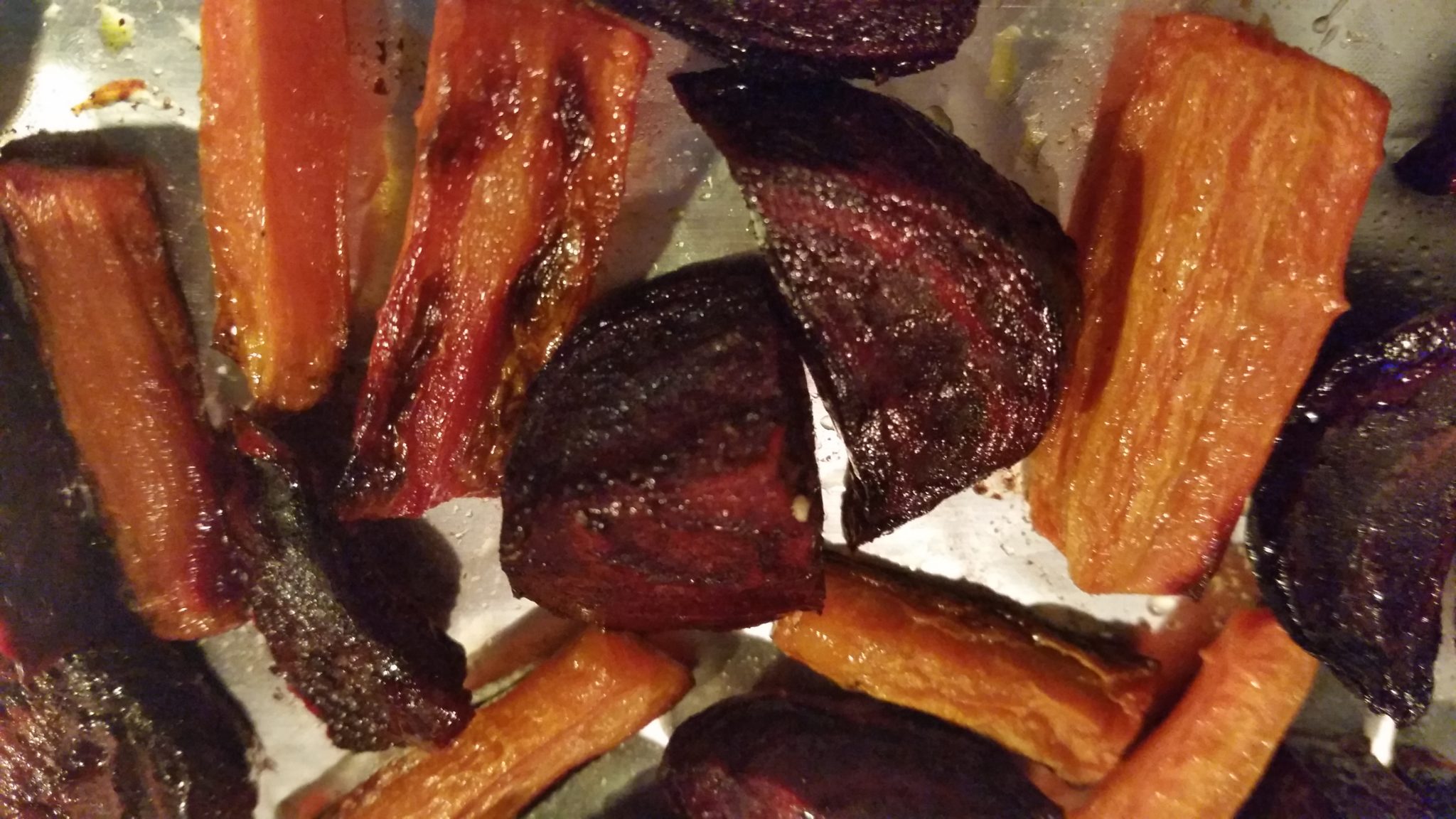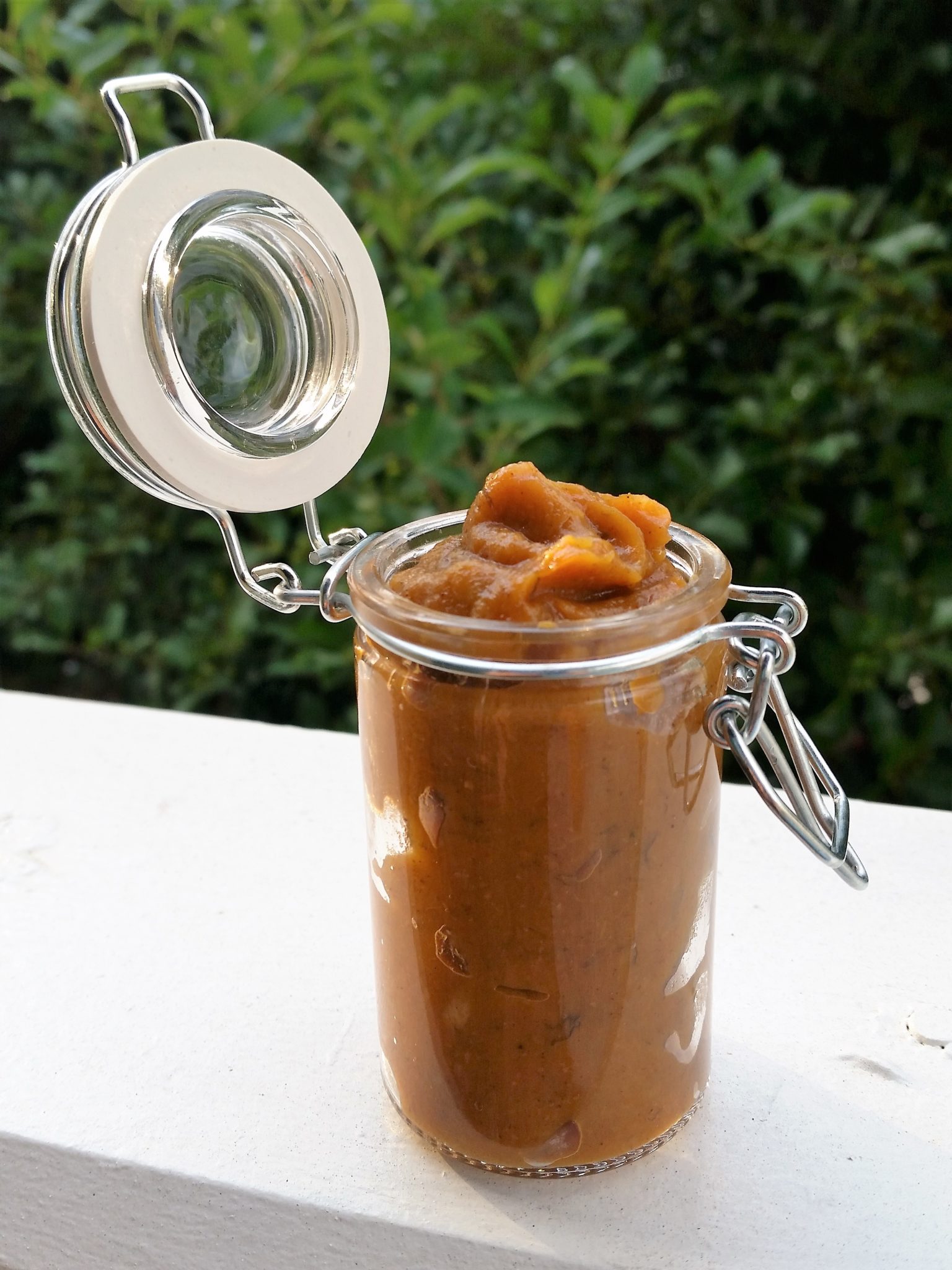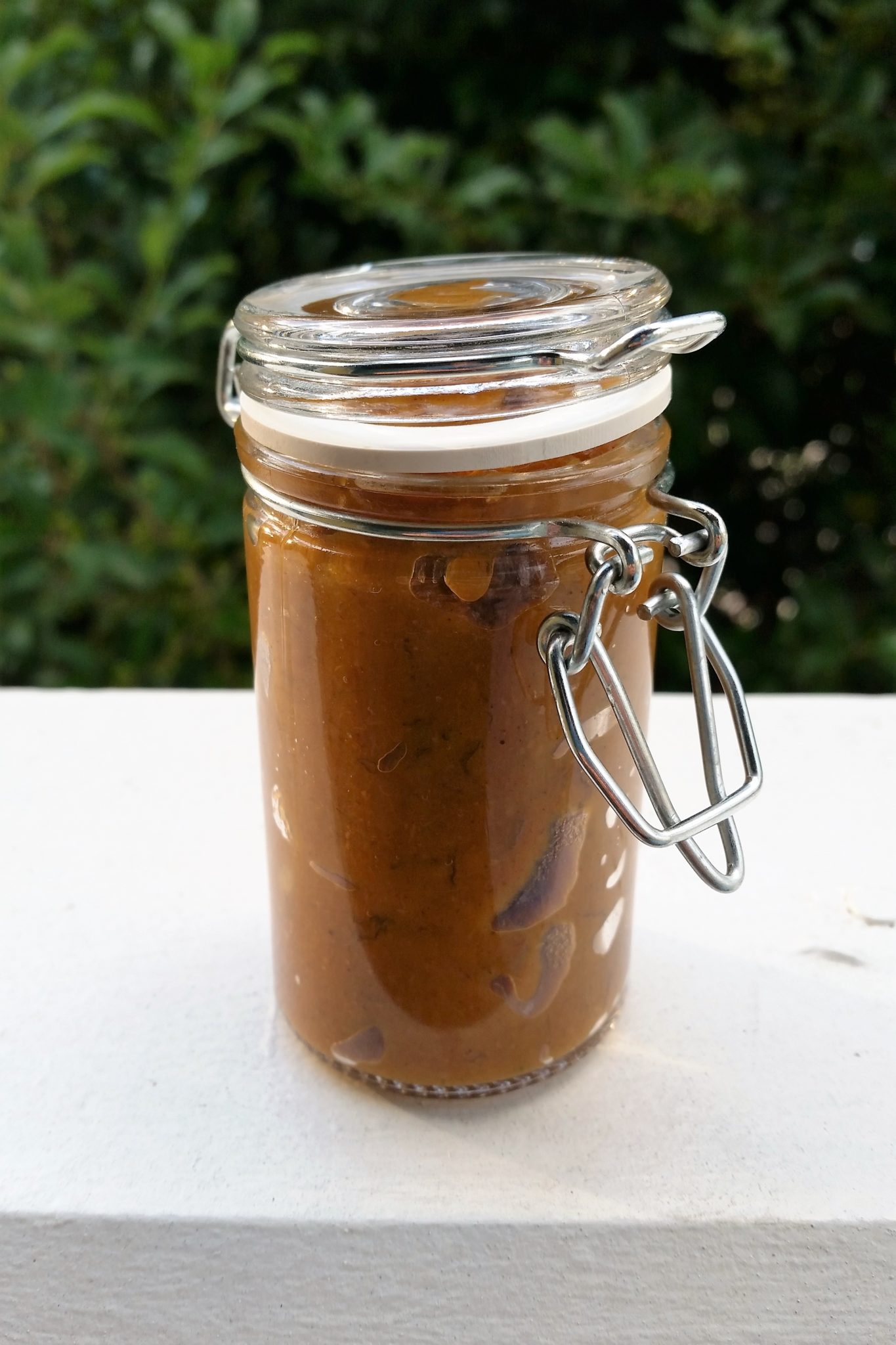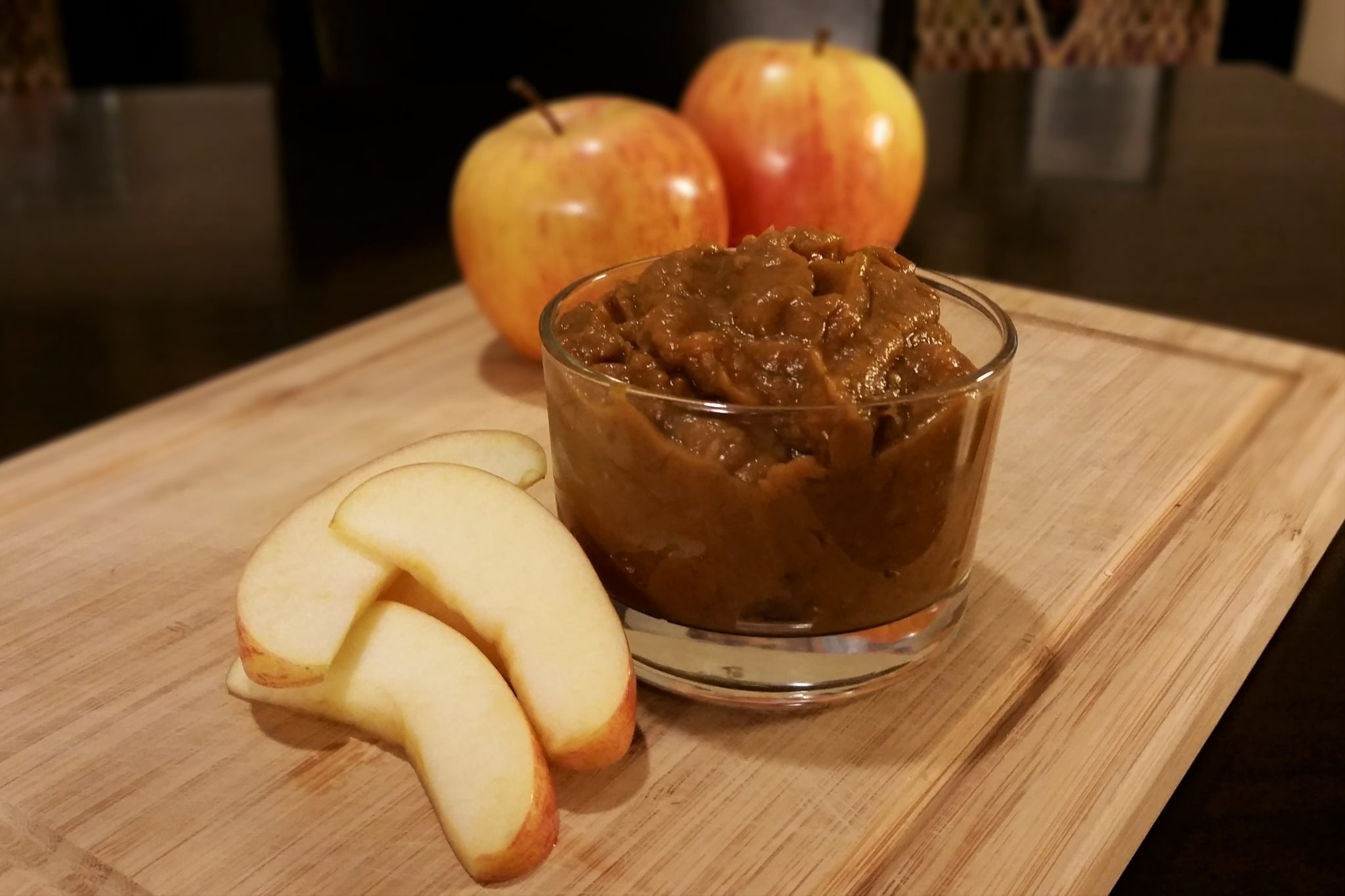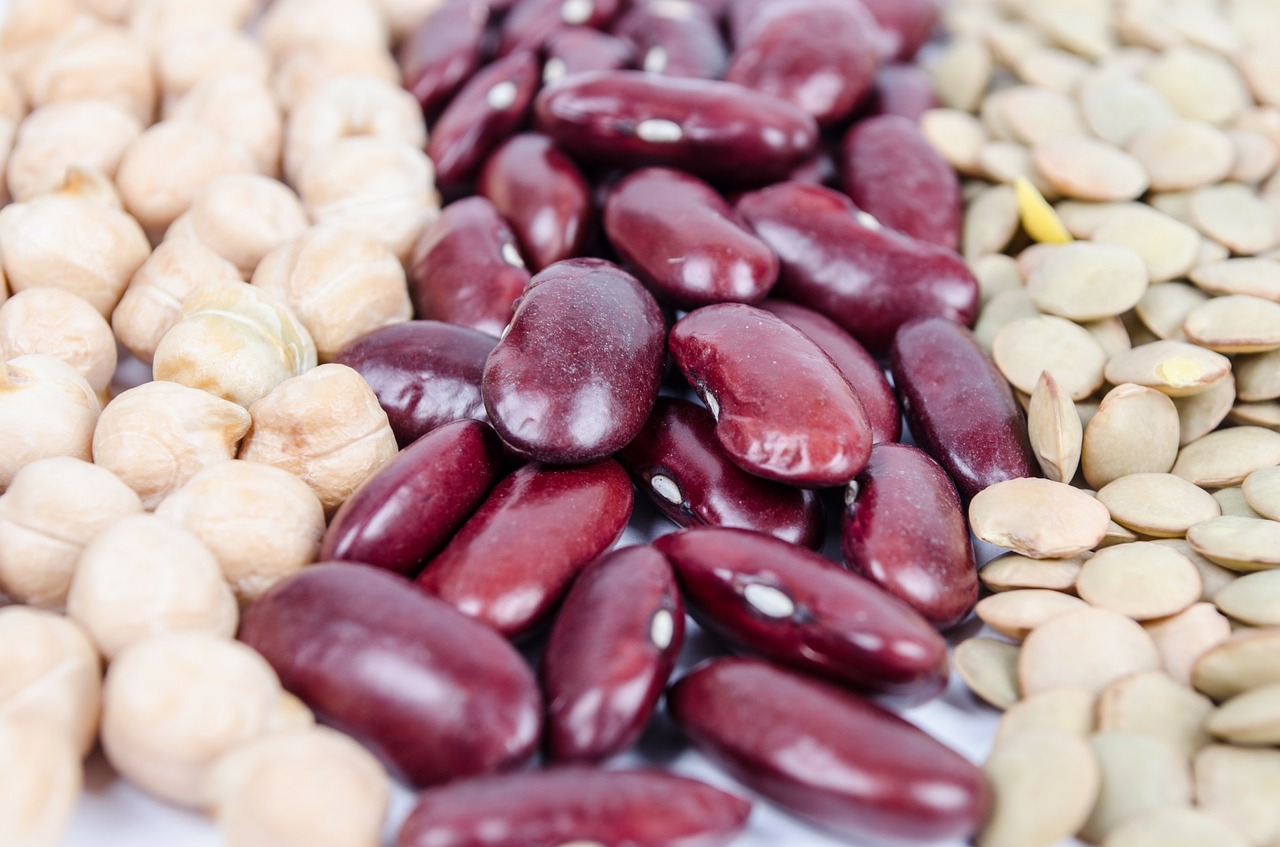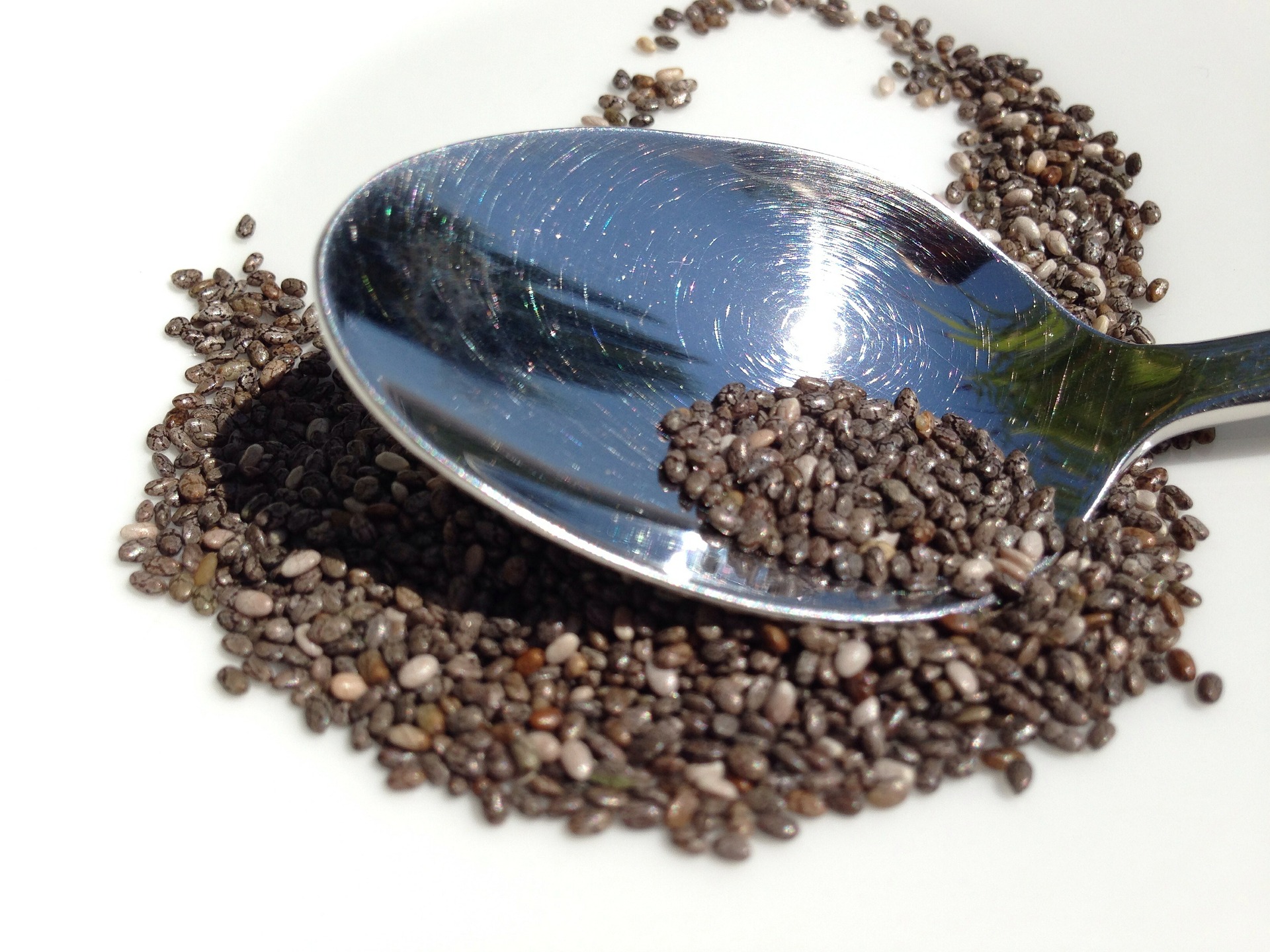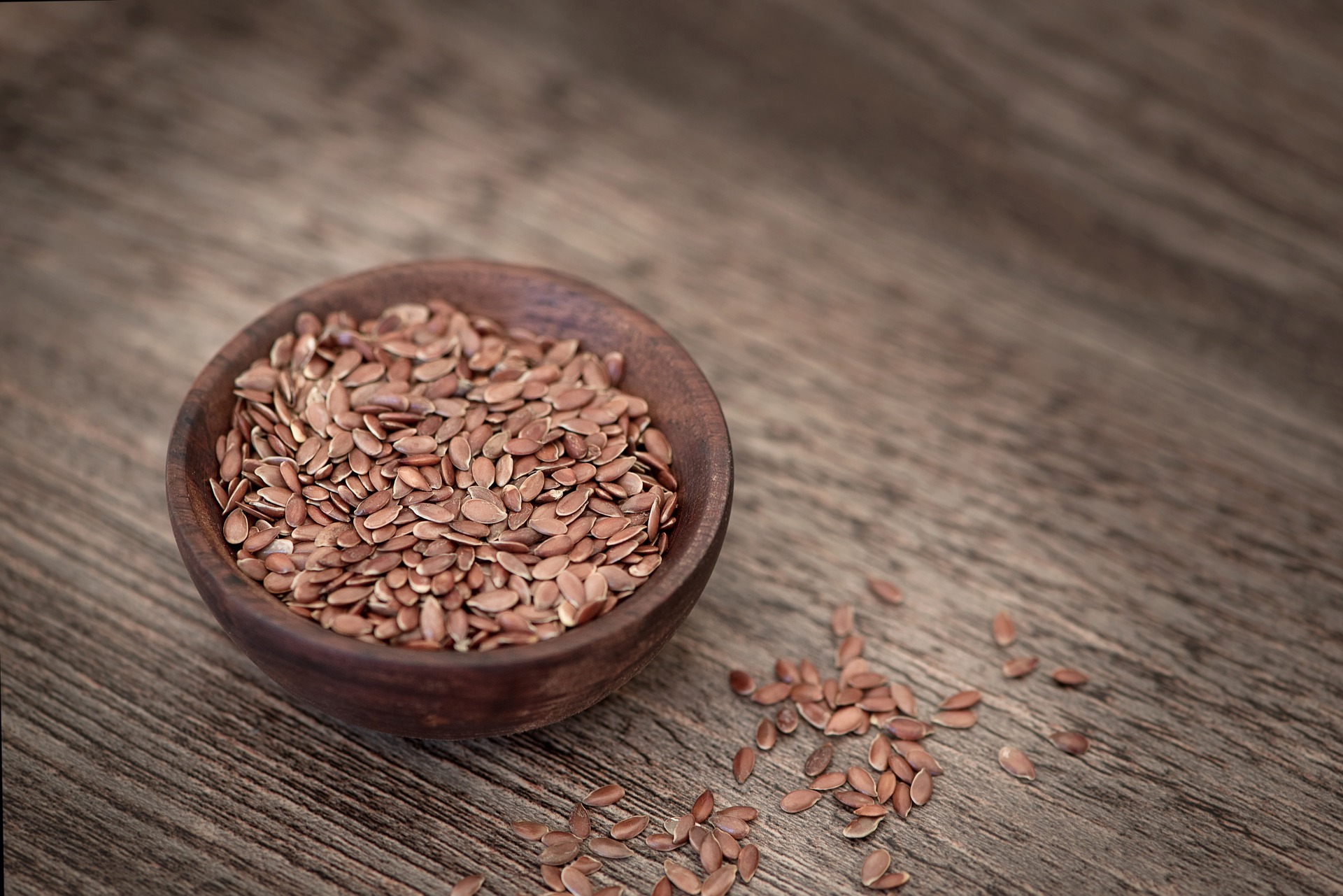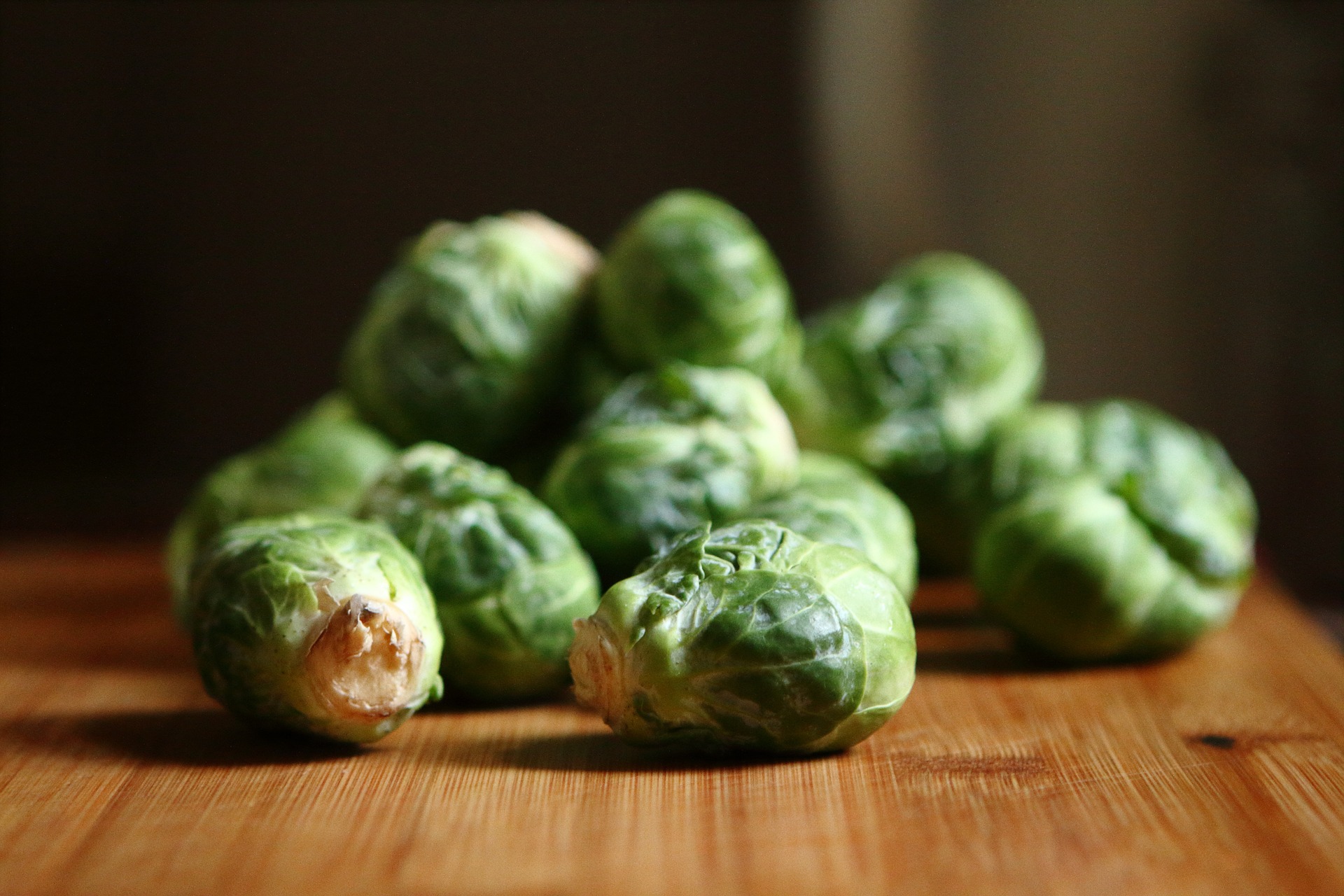Meal planning is one of the most unsexy and unexciting terms in the food and nutrition world but it is also one of the most monumental practices that have the power to transform the way you nourish your body. If someone wants to lose weight- meal plan. If someone wants to lower blood sugar- meal plan. If someone wants to reduce their need for blood pressure medications- meal plan. It is rudimentary and foundational if we want to see any consistent and long term change in our health.
The reason is that we cannot change the types of foods we consume unless we become intentional about changing the behavior, which requires a bit of planning. If someone has diabetes, they may naturally assume that they simply need to consume less sugar, but unless a plan is created (and tweaked, and revised, and adapted) to determine how they will go about it, old habits have a tendency to suck us back into the endless and debilitating cycle.

But while meal planning makes sense in our heads, it is also a scary, overwhelming term that makes many people shudder. It’s natural to avoid or push it off to the back burner if we feel unskilled or uncertain how to go about the practice.
So, let me help you simplify the process! I am confident that this 1 key can truly help you organize and implement a meal plan more frequently than ever before.
Create a meal plan blueprint.
Essentially, this is a guide you will use every week to help you insert meals/recipes easily and quickly. While you may tweak your blueprint on occasion (like when you have houseguests or are on vacation or are traveling), this helps you focus so that you don’t feel like you are totally recreating your plan every single week. Save your valuable time!
Here is how it works: Create a template that you will follow every week with the types of meals you will make.
Example Blueprint:
Monday: Meatless meal
Tuesdays: Tacos/Tex-Mex
Wednesdays: crock pot/slow cooker recipe
Thursdays: leftovers
Friday: homemade pizza
Saturday: Meal Out
Sunday: New recipe
Each week you fill in what meal/sides you want to make but the game plan stays the same. Some families eat a certain meal every week (ie. Taco Tuesday; Spaghetti Wednesday) and others do not. That’s perfectly fine. You can be more broad or specific based on your family’s preferences.
Other meal categories you may like:
Stir Fry Fridays
Italian Night
Fish Fridays
Sandwich/burger night
Salad and potato night
Soup/Chili night
Casserole night
The blueprint acts as a worksheet, allowing you to change up the exact meal but helps you stick to a general meal type which can help you narrow down what recipes you will prepare. This removes a lot of angst and stress and creates clear focus when you sit down a few minutes each week to meal plan.
“Taco Tuesday” could include shrimp tacos with asian slaw one week and traditional beef and bean tacos another week. The recipes change if you want, but every week, it is some form of taco (or Tex-Mex).
On “Slow Cooker Night” you might make pot roast with carrots and potatoes OR balsamic pork roast with mashed cauliflower OR shredded bbq chicken sandwiches with kale chips. You determine which of your slow cooker recipes to make each week.
Do you ever feel like you make the same meals over and over? A blueprint will help you organize and decide how often you want to have certain types of meals. This is a fantastic tool for busy families as well because if you have a weekly engagement (ball practice, piano lessons, boy scouts, late meeting, etc), you can plan to specifically have an “easy” meal on those evenings. That way, you feel good about preparing a healthy meal for yourself and your family and there is no need for an impulse run through the fast food window or dialing for take-out.
Once you have created your blueprint, you don’t have to change it until you decide. Also, by creating a blueprint, you can get family involvement in meal planning. Ask your kids and spouse what “soup” or “fish” recipe they want to have this week. Avoid the belabored “what do you want to eat this week?” We all know this question yields frustrating results! You may find that getting your kids involved in this simple decision-making process also empowers them. They are learning to choose healthy foods on their own- you are guiding their choices but not deciding for them.
A few more tips:
- Create a night to do a new recipe or leave this out entirely and insert a new recipe into a category when you want. There are no police that will call you out if you don’t have time to make a new recipe each week! New recipes, even simple ones, take more time. You decide when and how often.
- Keep your categories as broad or specific as you desire. There is no right or wrong.
- The fastest recipes are the ones you know in your head. If needed, lighten up your current recipes, but don’t feel like you can’t make recipes you already know how to make.
- Post your blueprint or guide in the kitchen or where you do your meal planning each week so that you can quickly refer to it.
- Make sure to review your calendar each week as you sit down to meal plan. Don’t plan a tedious, detailed recipe on a night when you will be pressed for time- you will only add more stress to your life. Keep it simple, especially on busy nights and weeks.
- Leftover night can occur as frequent or infrequent as you wish. Some may find that making 3 large meals (or doubling a recipe to provide leftovers) works better for their lifestyle than planning to cook most evenings. But, if you detest leftovers, that’s okay too!
Most importantly, reclaim your time. While there are countless online meal planning programs, apps, and meal/food delivery services, no one knows your life and your families’ schedule better than you.
Don’t try to fit into someone else’s box.
Create your own blueprint to stay organized. Be confident knowing that your few minutes of planning each week is shaping the future health of you and your family.
TRUTH: Commit to the Lord whatever you do, and he will establish your plans.
Proverbs 16:3 (NIV)

